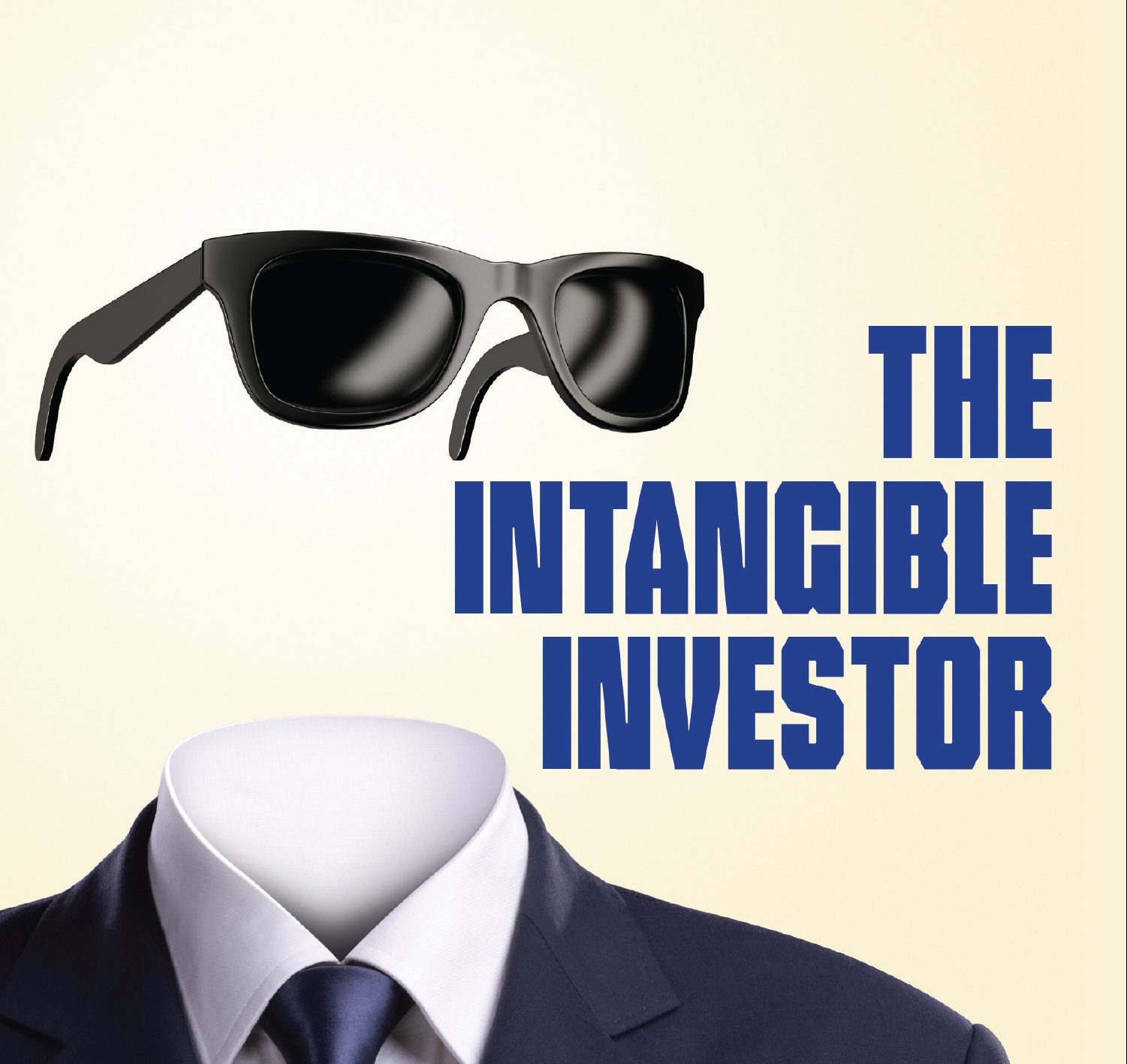Petitions Practice before the USPTO and Lessons from Stephen Thaler
Petitions are sort of like pleading practice before the Office over issues that do not necessarily have to do with the patentability of your claims. The Office of Petitions will receive your petition where it will be decided on not the examiner, but an administrator in the petitions office.
What Do You Petition?
As a rule of thumb, objections from the Office are petitionable and rejections from the Office are appealable. Rejections under Sections 101, 102 and 103 involve questions of law and therefore have to be appealed to the Patent Trial and Appeal Board (PTAB) as an ex parte appeal. But for everything else, if you have a dispute with the examiner that’s not going anywhere and the examiner isn’t withdrawing the objection – you petition those matters.
Therefore, you can petition drawing objections, objections to your specification or other formality objections. Another example is traversing an improper restriction requirement. You are required to elect a restriction even if you do not agree with the restriction in order to move prosecution forward, but you can traverse the restriction and you can petition the restriction if necessary. Means-plus-function interpretation of your claims is another petitionable matter. Remember, restrictions are not rejections and neither is a means-plus-function reading. So, you petition those matters.
The U.S. Patent and Trademark Office (USPTO) provides a list of petitionable matters that are categorized in terms of prosecution stage and whether the application has been allowed or issued.
Requirements of Petition
Petitions have to be in writing (you can’t make a video, they won’t watch it). You have to have a statement of facts. Obviously, you also have to pay a fee (it’s the USPTO). Here’s the part you really need to remember – you have two months from the notice of the issue that you are petitioning about to file the petition. So, this is really important if you’re dealing with something you want to petition in an Office action. You generally have three months to respond to an Office action without extension fees. But you have to file your petition within two months of the office action for the petition to be timely considered.
Also, a petition does not stop the statutory period for responding to an Office action because it’s not considered a full response to the Office action. So, if you have an Office action that cites only a single objection to the drawings say, and you’re petitioning the drawing objection, you still have to file a response to the Office action traversing the sole objection even if you have filed a petition over that one drawing objection and you’re not addressing any other matter. You have to respond under CFR 1.111 or 1.116 (or an RCE if necessary) to stop the statutory clock from running otherwise you risk your application being abandoned at six months.
So, this is very different from appealing. When you file notice of appeal, you stop that statutory period from continuing to run. Petitions don’t do that. So, you must remember to always respond fully to the Office action no matter what, even if you’re petitioning.
Petitions in Thaler’s Case
When Stephen Thaler filed his two applications at the USPTO naming his AI machine, DABUS, as the sole inventor, he filed the following documents with his disclosure:
- an ADS,
- a Statement of Inventorship,
- an inventor’s Oath and Declaration and
- an assignment.
In his ADS, Dr. Thaler listed DABUS as the given name and he wrote, “Invention generated by artificial intelligence” under “family name.” In his “Statement on Inventorship” he let it be known that the inventor of the subject matter of the claimed inventions was an AI machine. He then executed the inventors oath and declaration on behalf of his AI machine because “it lacked the legal personality or capability to execute” the declaration. And then Dr. Thaler assigned all the rights to the patent to himself on behalf of his machine.
In response to this, the USPTO issued a “Notice to File Missing Parts of the Non-Provisional Application.” And that notice had a two-month statutory period for responding.
So, of the documents that were filed by Thaler – the ADS, the Statement of Inventorship, the inventors Oath, and the assignment – which one of these was the problem? All of them? What was his petition really about? The mainstream press says he petitioned to make AI an inventor, but that really wasn’t the case.
Check out the video to learn more. Also watch for more examples of petitions you will likely file before the USPTO and potential arguments you can make.
Wen Xie
Wen Xie is a U.S. Patent Attorney and Partner with Global IP Counselors. She is a prosecutor with a comprehensive understanding of the patent process in the United States, Europe, […see more]






